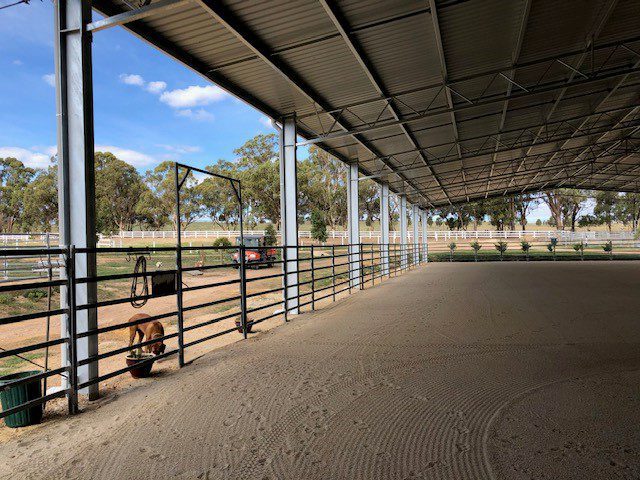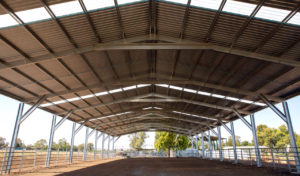
The quantity required depends on the size of the ring, the composition of the foot and the depth of the dressage arena, but we have generally found that the average indoor arena needs 2-4 pallets of our MAGs to achieve complete dust stabilization and frost resistance of the arena. Sand is one of the cheapest materials which can be used as a base material for the arena but due to the hardness and texture of the laundry it is less suitable as a surface for the riding and is more expensive than sand.
Ultimately, the best way to remove moisture from the riding halls is to use the floor. For indoor horses, the base in the arena is one of the most difficult factors to maintain the humidity. In a hall, rain cannot irrigate the arena unless you water the ground.
Another advantage of using salt is that it reduces the freezing point of your foot so you can water the arena at lower temperatures. By sucking the legs and feet of your horses while riding and brushing your boots, you can use the arena as a kind of salt foot.

You will also need to develop an irrigation system for your horse arena to keep dust away and ensure the right amount of spring particles and adhesion to your feet. You can add harsh chemicals to the floor to encourage water retention, or release a sprinkler system, which is an excellent way to supply water to the arena floor.
Your ultimate goal is to keep your riding arena in good shape while reducing damage to your horse. Protect your investment in the arena and the soundness of your horse by determining the right type and frequency of foot care. The purpose of choosing an indoor riding arena, regardless of location or substance, is to ensure that the floor gives comfort and protects your horse from injury.
If you are in the process of building your indoor arena or renovating your equestrian facility, a high-quality substructure is indispensable. While there is no common recipe for successful surface materials for riding halls, understanding the physical principles of trying to gain a foothold will lead to better material selection. Loose treads (which are discussed in this bulletin) are the top layer of the riding arena construction, which relies on the support of a suitable base or pad.
A specialist, such as Kiser, considers the foot material utilised and the weather conditions while selecting the gradient of an outdoor arena. Foot materials used on farms both indoors and outdoors are different.
A consistent and superior posture in a covered arena reduces the risk of injury for horses and riders. Horse traffic and the patterns of use of the arena can lead to uneven foot materials.
This not only saves lives in the event of a fire on a horse or human life next to an equestrian centre, but also increases the safety of the horse in the form of foot care. A good stand is important for the solidity of the horse and the safe use of the arena when turning, jumping or barrel racing.
There is an infinite variety of foot materials that can be used in riding halls. The top layer of a riding foot is the surface that can consist of sand, wood products, rubber, stone dust, a mixture of materials, some topsoil, barn waste or sawdust. The root system does not produce dust and never has to be scrubbed from the walls or poured in the arena.
Stack excess surface material on the outer edges of the arena so that the material can be pushed into the arena during normal use to create hold. The foot material moves to the edges of the arena and has to be pulled out. Sand the arena as you pull, with a shovel flat at the bottom edge to pull the foot material away from the edge of the rink.
Look at the building codes and go with the best that you can afford to build an arena, as cheaper surfaces that are not as safe or last that long can cost more to put things back together and make repairs in the long run. Materials that cost more to put together are a bigger investment, but allow you to protect the horses and riders that use your riding hall.
In this article we will take a closer look at how to create the ideal arena interface for foot training, including the steps you can take to improve your existing interface. There are many safety factors that are often overlooked when building an equestrian hall, so it is important to plan ahead and consider current and future needs, and for these needs the safety of the horse and rider is of paramount importance. Performance Footing Performance Footings offers various additives and products to help you find the perfect basis for your indoor or outdoor arena.
Riding halls require planning and approval to play a major role in the design and it can be difficult to get a permit once you begin. And this approval can come with restrictions and constraints that limit the size, location, lighting and materials that can be used.
In my many years as a dressage physician, I have accommodated a variety of horse farms, and their riding halls are very different. Due to the financial commitment that indoor arenas require, we have determined that the expansion of our covered arenas is the most important physical improvement we make in our equestrian programs.



